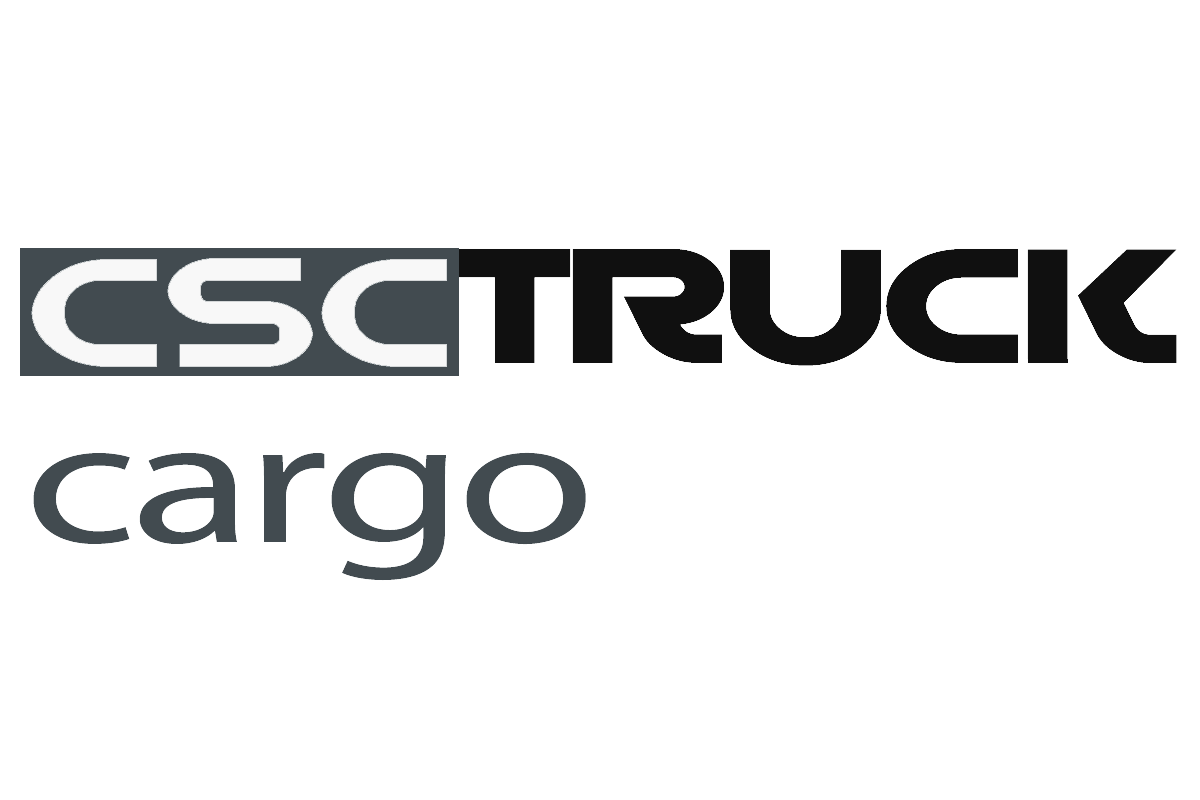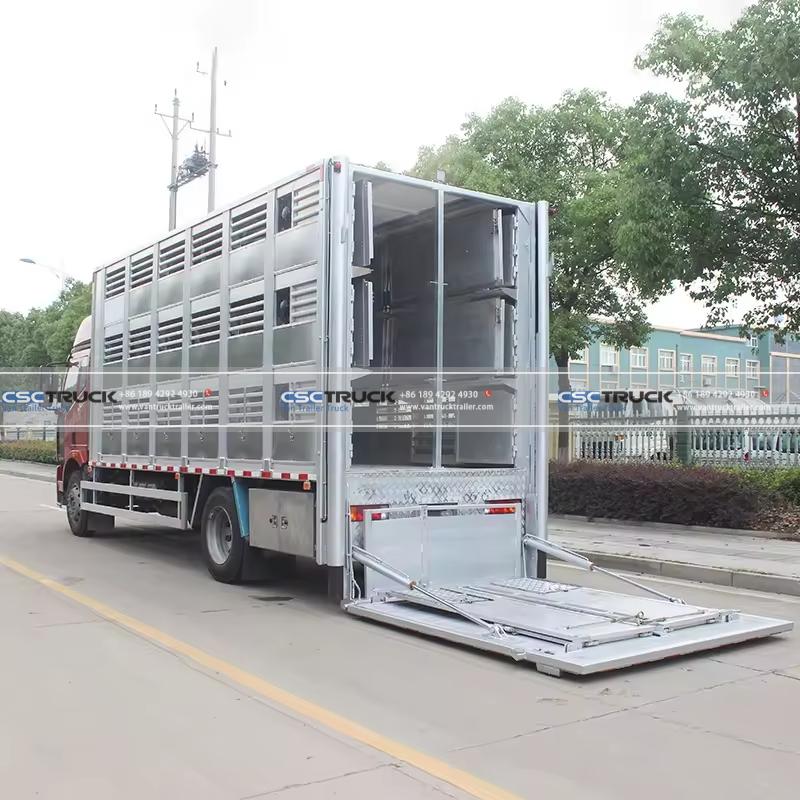1. The Critical Imperative: Why Transport Integrity Defines Animal Welfare and Industry Viability
The global movement of livestock—spanning 6.2 billion animals annually across intercontinental supply chains—represents an intricate physiological and ethical challenge where transport stress directly correlates with $3.8 billion in annual losses through mortality, weight reduction, and compromised immune function; contemporary research reveals that cattle subjected to 30-hour journeys without optimized protocols exhibit elevated cortisol levels persisting for 72+ hours post-transit, suppressing growth hormones by 41% and increasing susceptibility to bovine respiratory disease (BRD) by 300%, while poultry in improperly ventilated trailers experience thermal stress accumulations exceeding 4,200 BTU/bird-hour, triggering fluid-electrolyte imbalances that degrade meat quality through pale-soft-exudative (PSE) syndrome—necessitating an industry-wide transition toward evidence-based transport frameworks that integrate biomechanical engineering, microclimate analytics, and behavioral ethology to transform transit from a necessary evil into a scientifically managed continuum of care.
2. Engineering the Optimal Mobile Environment: Vehicle Systems Redefining Animal Welfare
Thermodynamic Precision Systems
Modern livestock transporters deploy multi-zone climate architectures utilizing infrared thermography sensors to map surface temperatures across 18 distinct animal body regions, dynamically adjusting cross-ventilation jet streams and evaporative cooling pads to maintain species-specific thermal neutral zones within ±0.5°C; Australian trials on Merino sheep traversing 45°C outbacks demonstrated how phase-change material (PCM) panels embedded in trailer walls absorbed 2,100 kJ/m² of heat load, reducing panting rates by 89% while regenerative hydraulic suspension minimized kinetic energy transfer during desert track transit.
Biomechanical Stress Mitigation
Structural innovations now counteract transit-induced injuries: pendulum-based deck stabilizers compensate for lateral G-forces during mountain passes, maintaining <3° floor tilt even on 12% gradients, while anti-bruise rubberized flooring with variable durometer zones (softer under leg joints, firmer under hooves) reduced carcass condemnations by 63% in EU pork transport audits; ultrasonic non-slip surface treatments prevent compression injuries during panic events by increasing friction coefficients to µ=0.85 when moisture sensors detect urine.
Atmospheric & Sanitation Control
The invisible threat of ammonia accumulation and pathogen proliferation is neutralized through closed-loop air scrubbers that maintain <10 ppm NH₃ via zeolite filtration, while UV-C LED arrays integrated in ceiling panels deliver 99.97% microbial kill rates during transit—critical for day-old chick transfers where airborne aspergillosis historically caused 18% mortality.
3. Operational Protocols: The Human-Animal Interface in Motion
Pre-Transport Conditioning
Strategic pre-haul fasting schedules calibrated to species-digestion kinetics prevent gastric torsion in cattle (16-hour forage withdrawal) while maintaining rumen pH >6.2, whereas swine benefit from electrolyte-enriched pre-load hydration reducing transport fever incidence by 57%; revolutionary positive reinforcement training using vibration-cued loading ramps condition animals to self-load voluntarily, eliminating prodding-induced stress cardiomyopathy observed in 73% of untrained beef cattle.
In-Transit Monitoring
IoT-enabled biometric collars now stream real-time welfare analytics: rumination sensors detect stress-induced cessation within 4 minutes, triggering automated pheromone diffusers releasing apaisine analogs, while subcutaneous glucose monitors alert drivers to hypoglycemic crises in neonatal livestock via dashboard alerts, enabling immediate oral rehydration therapy stops without deceleration.
4. Regulatory Landscapes: Global Standards Convergence
The EU Regulation 1/2005 mandates 8-hour journey limits for unweaned calves with 1.5m²/head space allocations, enforced through mandatory tachograph downloads and satellite temperature logging—non-compliance fines reaching €150/animal; conversely, USDA’s 28-Hour Law exemptions for climate-controlled trailers acknowledge technological advances, allowing beef cattle 36-hour continuous transport when humidity-controlled air exchange exceeds 60 CFM/animal. Emerging ISO 34700:2026 certification creates unified benchmarks, requiring trailer-mounted CO₂ scrubbers maintaining <3,000 ppm and continuous video auditing accessible to regulatory bodies.
5. Economic and Ethical Synergies: The Business Case for Welfare Optimization
Mortality Reduction Economics
Investment in advanced transport systems delivers quantifiable ROI: poultry integrators using suspended-layer trailers with individual climate zones report 0.23% mortality versus industry averages
Compliance with emerging welfare standards unlocks premium markets: Australian lamb exporters to the EU increased shipments 37% after implementing GPS-verified rest-stop protocols, while Canadian dairy heifer shipments to Turkey commanded $500/head premiums for ISO 34700-certified transport.
6. The Horizon: Autonomous Systems and Modular Mobility
Artificial Intelligence Orchestration
Next-generation livestock mobility platforms integrate predictive welfare algorithms that pre-empt stressors: neural networks analyzing historical traffic patterns reroute trucks around accident-induced delays before cortisol spikes occur, while feed-intake prediction engines calculate optimal en-route hydration stops based on individual animal intake records from farm databases.
Modular Multi-Species Architecture
The rise of convertible compartment systems allows single trailers to safely transport mixed loads—demonstrated in New Zealand where adjustable partition walls separated dairy cows from wool sheep during 2,000km journeys, with species-specific lighting regimes (16 lux for bovines, 5 lux for ovines) and separated ventilation streams preventing interspecies pathogen transfer.
This evolution extends beyond specialized trailers. Standard cargo truck platforms now integrate livestock-specific modules: removable partition kits transform box trucks into emergency calf transporters during floods, while palletized climate pods allow air-freighted day-old chicks to maintain 32°C microclimates from hatchery to grow-out farm. The future belongs not to single-purpose vehicles, but to intelligent mobility ecosystems where animal welfare parameters dictate real-time adjustments across every transport modality—proving that ethical logistics is not a cost center, but the cornerstone of sustainable protein economies.
Livestock Transport Performance Metrics (2025)
- Welfare Compliance: 98.7% journey completion within physiological stress thresholds (Global Animal Partnership)
- Economic Impact: 9.20������1 invested in climate-controlled transport (Journal of Animal Science)
- Efficiency Gains: 42% reduction in loading times via behavioral conditioning (International Livestock Transport Association)
- Emissions Reduction: 37% lower CO₂-equivalent/ton-mile vs. 2020 standards (Agri-Transport Sustainability Index)
- Biosecurity: 99.2% pathogen transfer prevention in certified systems (World Organisation for Animal Health)
Source: UN Food and Agriculture Organization 2025 Transport Whitepaper

